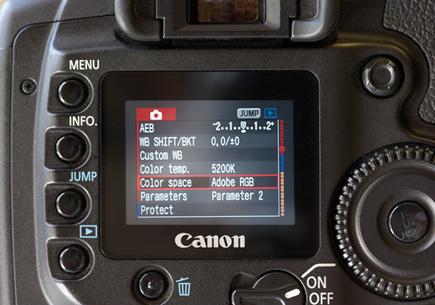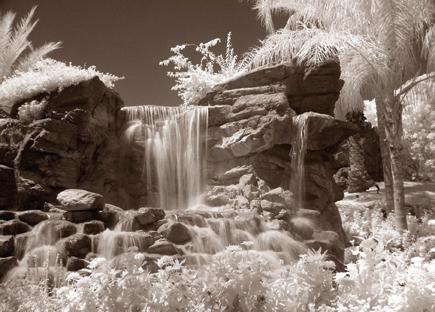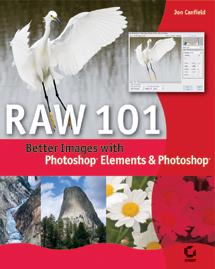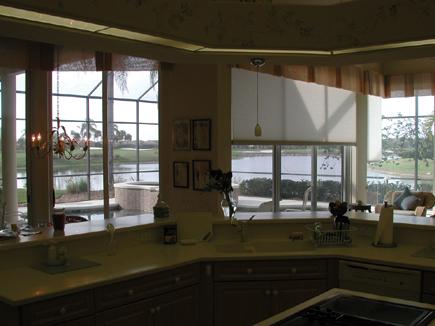Digital Darkroom
Sort By: Post Date TitlePublish Date
|
Apr 01, 2006 |
|
Apr 01, 2006 |
|
Mar 01, 2006 |
|
Mar 01, 2006 |
|
Feb 01, 2006 |
|
Feb 01, 2006 |
|
Feb 01, 2006 |
|
Feb 01, 2006 |
|
Jan 01, 2006 |
|
Oct 01, 2005 |
|
Oct 01, 2005 |
|
Sep 01, 2005 |
|
Jul 01, 2005 |
First Published: Jun 13, 2005 |
















